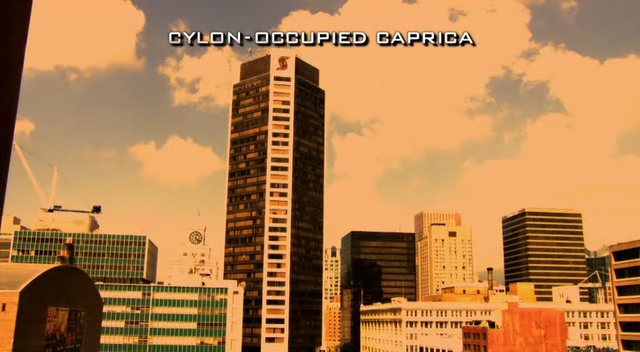
Image Credit: Pat Suwalski
To continue my discussion of real cities represented as futurescapes on film, this week I’ll be talking about the much-loved sci-fi TV series Battlestar Galactica. The series, a “reboot” of the less critically-acclaimed series of the same name from 1978, was filmed and aired from 2003 to 2009. Instead of solely relying on special effects to create a future city called Caprica in the show, the series’ creator, Ronald D. Moore, decided to use a real-life glittering city on a bay. In Battlestar Galactica, Vancouver is the future. And the future is now.
What’s the image of Vancouver in Moore’s series? It is all glass surfaces, shimmering waves, soaring skyscrapers, geometric shapes, verdant shrubs. Light shines, unencumbered by opaque surfaces. Buildings blossom and are surrounded by trees threatening blooms. Everything is stripped clean of any identifying markings. A few CGI flourishes are added. This is the future city par excellence—unknown, yet slightly familiar.
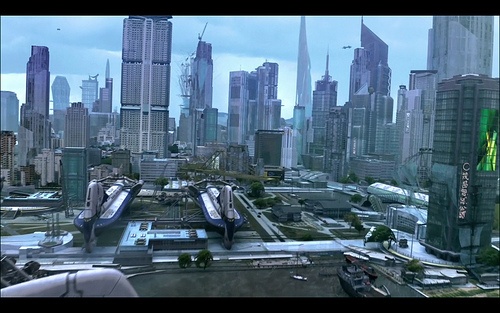
Image Credit: "Daybreak Part 1" Screenshot
And that’s the way that future cities (of the real world variety) are supposed to work. They are simultaneously somewhere and nowhere. A recognizable Vancouver of today wouldn’t be a convincing future city—we’d be able to pick out landmarks and our disbelief would no longer be suspended. Does the fact that Moore used Vancouver as his setting for the future mean that Vancouver is devoid of landmarks? That it’s an amalgam of all cities?
Writer Douglas Coupland has waxed poetic about Vancouver in his book, City of Glass, and he’s not so sure that Vancouver is landmarkless. For Coupland, although Vancouver is Chinatown and Wreck Beach, it also is “Backlot North,” a cheap alternative for filming a variety of urban scenes no matter where they are supposed to be set. Vancouver has been Berkeley, Auckland, New York City, and now, Caprica City.
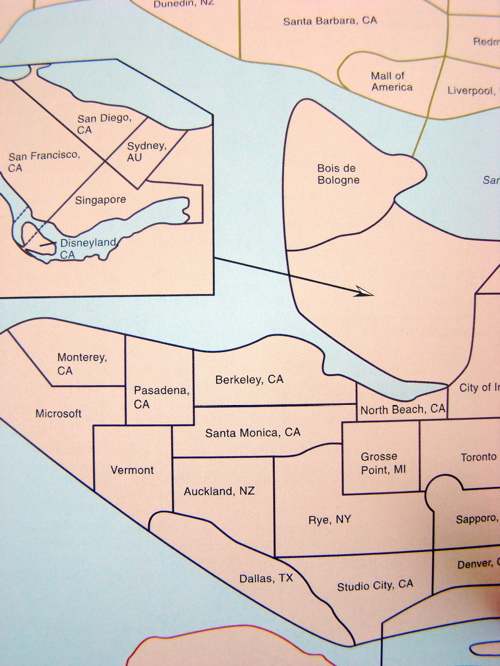
Imaginary/Filmed Vancouver Map Credit: Douglas Coupland
So, what does this malleability do for the image of Vancouver? After urban planner Kevin Lynch published his seminal book, The Image of the City, in 1960, “imageability” became a buzzword in planning circles all over the US. Every planner wondered what a city could do to create a unique image for its residents and for its outside audiences. David Harvey, a contemporary Marxist geographer, sees the end result of “imageability” as the production of cities for consumption (which eventually runs the risk of planners producing cookie-cutter cities that lose all uniqueness). Instead of losing all landmarks, with Moore’s use of Vancouver in Battlestar Galactica, Vancouver’s residents can see the image of their city more clearly.
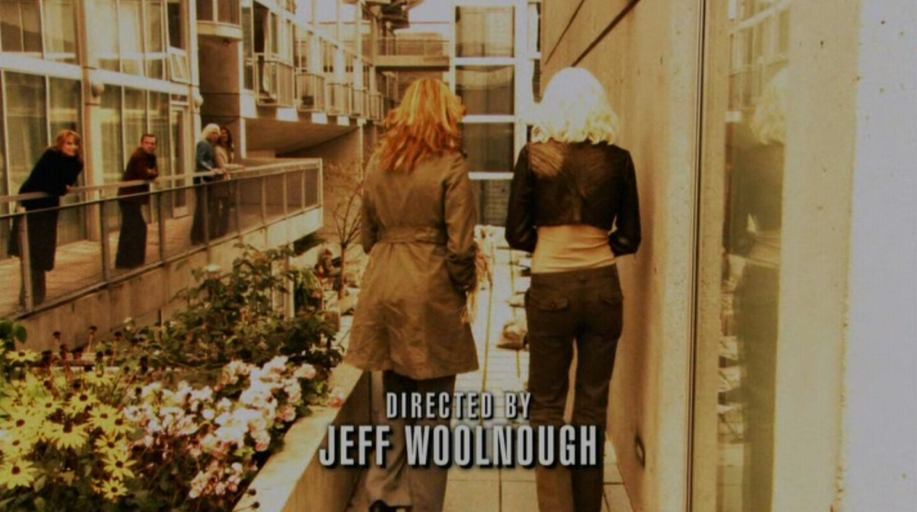
Image Credit: Frak That
The image of Vancouver is remade as urban chroniclers traipse about the city looking for landmarks they saw in Moore’s version of the future. An entire website—Battlestar Locations—is dedicated to documenting Vancouver sites used when filming the series. The creators of the site, Anne and Mo, admit that they are “a couple of fans who like to travel and get together. Searching out locations has given [them] the chance to do both.” They often post side-by-side comparisons of the TV version of Vancouver with their own images of the same site. The images of Anne or Mo reenacting scenes while exploring their fine city are what “imageability” should be about—use. Yes, Vancouver is the “everycity” (Coupland, again) on film, but to its residents, it’s a magical place where the future comes to life.
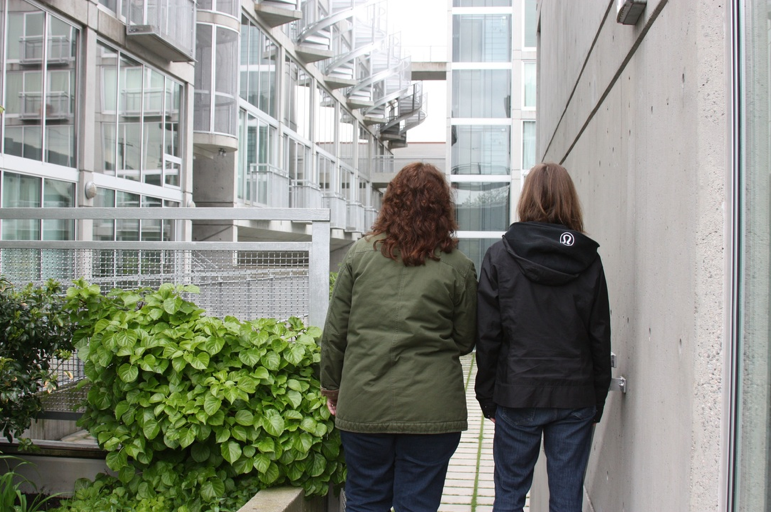
Image Credit: Battlestar Locations





Recent comments
2 years 29 weeks ago
2 years 44 weeks ago
2 years 44 weeks ago
2 years 50 weeks ago
3 years 4 weeks ago
3 years 4 weeks ago
3 years 4 weeks ago
3 years 6 weeks ago
3 years 6 weeks ago
3 years 6 weeks ago